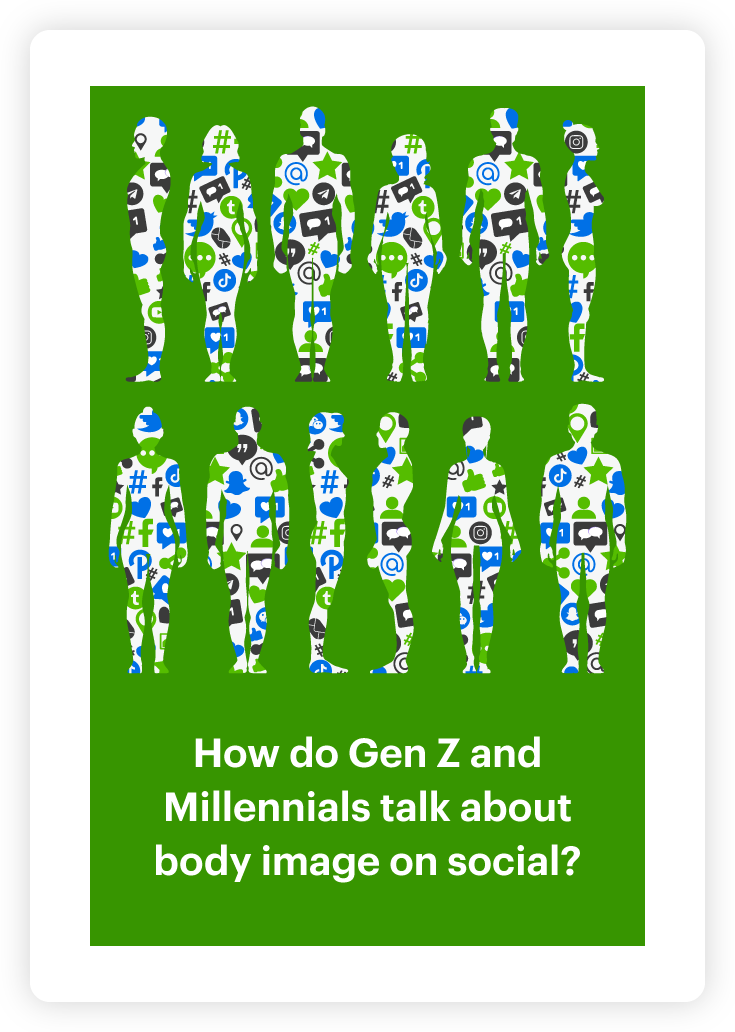Uncovering social media audience insights into affirmative action

Following the overturning of Roe v Wade, the Supreme Court’s next controversial decision will focus on affirmative action. Justices are weighing challenges to admission programs at Harvard and the University of North Carolina, with a decision expected in the near future.
Affirmative action involves colleges tailoring their admissions policies to eliminate unlawful discrimination, remedy the results of prior discrimination and prevent discrimination in future. Colleges with affirmative action strategies in place do so to improve diversity within their student bodies. Critics argue that these policies are discriminatory. The two cases being heard by the Supreme Court allege that colleges are discriminating against white and Asian American college applicants.
However, most affirmative action polices are comprised of multiple considerations, not just race. This means that even if the Supreme Court rules against the inclusion of race in affirmative action policies, these guidelines will still exist. Therefore, colleges will still need to communicate their purpose with the applicants supported by these guidelines.
As the arguments play out in the Supreme Court, we turned to the court of public opinion. We wanted to see what current students thought of the situation, given it could impact their future classmates. Using a social listening tool, we gathered Twitter conversations about affirmative action from students and non-students.
To uncover social insights, we then uploaded both sets of data into our text analysis tool. Comparative text analysis offers much greater insight into social data than a traditional frequency analysis or word cloud. By eliminating similarities and leaving what’s different, you get a far greater understanding of what makes audiences unique.
In this case, while each group made arguments on each side of the debate, the difference between how students and non-students discussed affirmative action was stark.
A debate or an argument?
One of the clearest distinctions between students and non-students is how they approached the affirmative action debate.
Students were much more likely to try to engage in fact-based analysis of the situation. They were 4.7x more likely to use the word ‘facts’ and 3.2x more likely to use words related to the topic of ‘sensibility’, such as ‘logically’, ‘logical’ and ‘objectively’.
College-goers were also more likely to cite evidence. They used adverbs introducing appositional constructions including ‘e.g’, ‘for example’ and ‘i.e’ 2.7x more, while students were also 32.1x more likely to use the phrase ‘please read’ – encouraging others to learn about examples and facts for themselves.
“It is harmful to talk about affirmative action without having someone that can provide historical information and facts on the topic. Do our community a favor and debate the topic with facts not opinions. You can do better.“
In contrast, it was clear that non-students were up for an argument, rather than a debate. Our social media audience insights highlighted that they were 3.1x more likely to use words relating to ‘inaccuracy’ to dismiss opponents’ views, mostly comprising use of the word ‘wrong’.
Non-students made ‘@mentions’ 1.3x more – indicating they were happy to take on others – and were 2.6x more likely to describe discussions as ‘arguments’. They were also 2.0x more likely to use emotive language surrounding ‘sadness’, including words like ‘sad’, ‘hurt’ and ‘shame’.
“@rebekkaadams198 @dineshdsouza you are so wrong. Affirmative action is equal opportunity. It does not equal graduation or a degree. It’s an opportunity to get one. 20% of Harvard is Asian. Asians are not impacted by Aa. They are very heavily represented. Numbers don’t lie.“
Students focus on programs; non-students on the situation
Non-students’ directness could be explained by the lens through which they view the situation around affirmative action. They were far more likely to focus on unfolding events, rather than get into a wider debate.
They were 1.8x more likely to use language related to ‘current’ events. This included the word ‘now’, which non-students used 2.0x more, while they also used the phrase ‘about to’ infinitely more. This suggests they were more concerned about what was happening in colleges and the impact of the Supreme Court case and ruling, rather than the rationale for affirmative action.
“SC is about to get rid of affirmative action as an element of admissions, while retaining legacy and athletics as acceptable admissions criteria.“
Students were far keener to get into the detail of the programs themselves. They were 2.9x more likely to discuss the different types of affirmative action ‘programs’ that colleges offered.
These included ‘diversity forward programs’ and ‘poc affirmative action’ programs, which students talked about infinitely more. They also highlighted ‘legacy programs’ 64.2x more.
“Affirmative action is a great thing, both morally and economically. We should encourage a combination of SES (socioeconomic status) and racial AA programs in order to create class & racial equity – given both programs fail to independently fix the other issue.“
Specificity versus generalization
Despite wanting to get into the detail on the different types of affirmative action programs colleges offer, students were far more likely to generalize when it came to the groups these programs target.
They were 2.9x to use words related to ‘generalization’ like ‘often’, ‘generally’ and ‘usual’, used superlatives like ‘most’ 2.1x more and the word ‘average’ over-indexed 5.3x more. Students were also more likely to refer to ‘minorities’ and referred to ‘groups’ 1.4x more.
Where this does echo their other use of language is addressing the subject of affirmative action holistically, rather than just considering the Supreme Court case and the issues surrounding race.
“Generally, I want affirmative action to take the side of those who have been disadvantaged by the effects of interpersonal and structural racism, grown up in poverty, and shown themselves to have what it takes to succeed, especially as economic inequality worsens in this country.“
Conversely, non-students were far more likely to get into specifics when it came to race. They were 2.8x more likely to use the word ‘colors’ in their discussions (invariably relating to ‘black’ or ‘white’) and were 1.9x more likely to highlight ‘Asians’ – reflecting the cases brought before the Supreme Court alleging that affirmative action is discriminatory to Asian Americans.
“Affirmative action exists in rich, white alumni getting their borderline into college over better qualified applicants of color or not kids of alumni. I know. I worked in higher ed development for almost 20 yrs.“
How colleges can communicate resonantly about affirmative action
Our social media audience insights have demonstrated that students and non-students talk very differently about affirmative action. Given that prospective students are likely to mirror the language of their soon-to-be classmates, colleges should look to mirror students’ use of words when communicating affirmative action policies – whether the racial element of these is outlawed by the Supreme Court or not.
Colleges should focus on communicating the specifics of the programs they offer and provide evidence and reasons for the criteria behind admissions policies. However, while it may be tempting to go into detail about particular groups, colleges would be far better simply outlining the groups who will benefit from affirmative action programs, rather than making this an emphasis.
Incorporating these social media audience insights into their communications will insure colleges mirror how students talk, making it more likely that their messages will resonate.
Whether it’s understanding how students talk about affirmative action or other scenarios, using comparative text analysis to understand audiences is vital for organizations to maximize engagement. Speak to one of our team to find out how you can extract value from text data.
